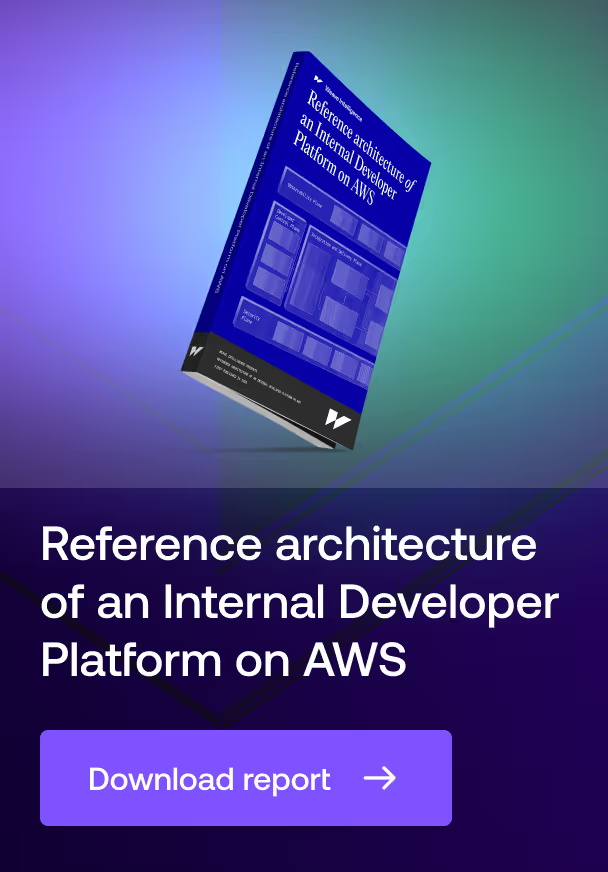
Jenkins
Profile
Jenkins is an open-source automation server that enables continuous integration and continuous delivery through a highly extensible plugin architecture. As the foundational infrastructure for software delivery automation, Jenkins provides organizations with a flexible platform for building, testing, and deploying applications across diverse environments. The platform's maturity is demonstrated through its evolution from the Hudson project in 2004 to become an industry standard, now governed by the Continuous Delivery Foundation under the Linux Foundation's umbrella.
Focus
Jenkins addresses the fundamental challenge of automating and orchestrating the software delivery lifecycle. The platform eliminates manual integration bottlenecks by automatically building and testing code changes, providing rapid feedback to developers and ensuring quality through automated verification. Its architecture supports everything from basic continuous integration workflows to complex enterprise deployment pipelines. The tool serves development teams of all sizes, with particular value for organizations requiring customizable automation workflows and integration with diverse toolchains.
Background
Originally created by Kohsuke Kawaguchi at Sun Microsystems as the Hudson project, Jenkins emerged from a practical need to prevent integration problems in software development. Following Oracle's acquisition of Sun, the project was renamed to Jenkins in 2011 through community consensus. Notable implementations include D4Science's management of 200+ Git repositories and Gainsight's DevSecOps infrastructure. The project maintains active development under the Continuous Delivery Foundation's governance, with a democratic process for leadership selection and regular community-driven releases.
Main features
Pipeline as code automation framework
The Pipeline feature represents Jenkins' core automation capability, allowing teams to define entire delivery workflows as code using a domain-specific language based on Apache Groovy. This approach enables version control of automation logic alongside application code, supporting sophisticated control flow including parallel execution, conditional logic, and exception handling. Organizations can create shared libraries of reusable pipeline code, standardizing practices across teams while maintaining flexibility for project-specific customization.
Distributed build architecture for scalable execution
Jenkins employs a controller-agent architecture that separates coordination from execution, enabling efficient resource utilization and horizontal scalability. The controller manages the user interface and orchestrates workflows, while agents perform actual build operations. This architecture supports diverse agent configurations for different toolchains and operating systems, with capabilities for dynamic provisioning through cloud platforms and container orchestration systems like Kubernetes.
Extensible plugin ecosystem with standardized integration patterns
The plugin architecture transforms Jenkins from a basic automation server into a comprehensive integration hub through well-defined extension points and standardized APIs. Plugins enable integration with version control systems, build tools, testing frameworks, deployment targets, and cloud platforms. The architecture supports both community-contributed and proprietary plugins, with a structured approach to plugin development that ensures consistency while enabling extensive customization for specific use cases.





